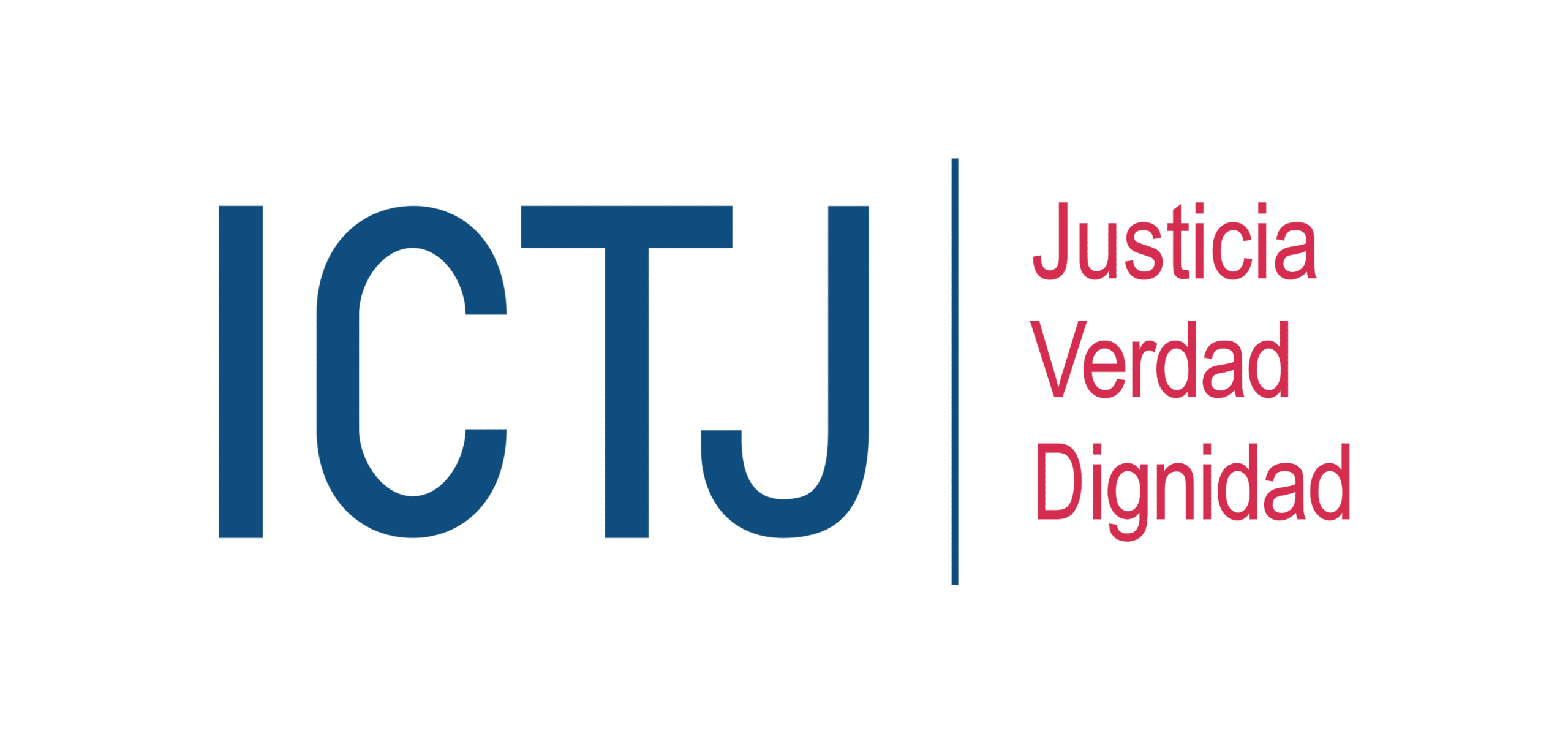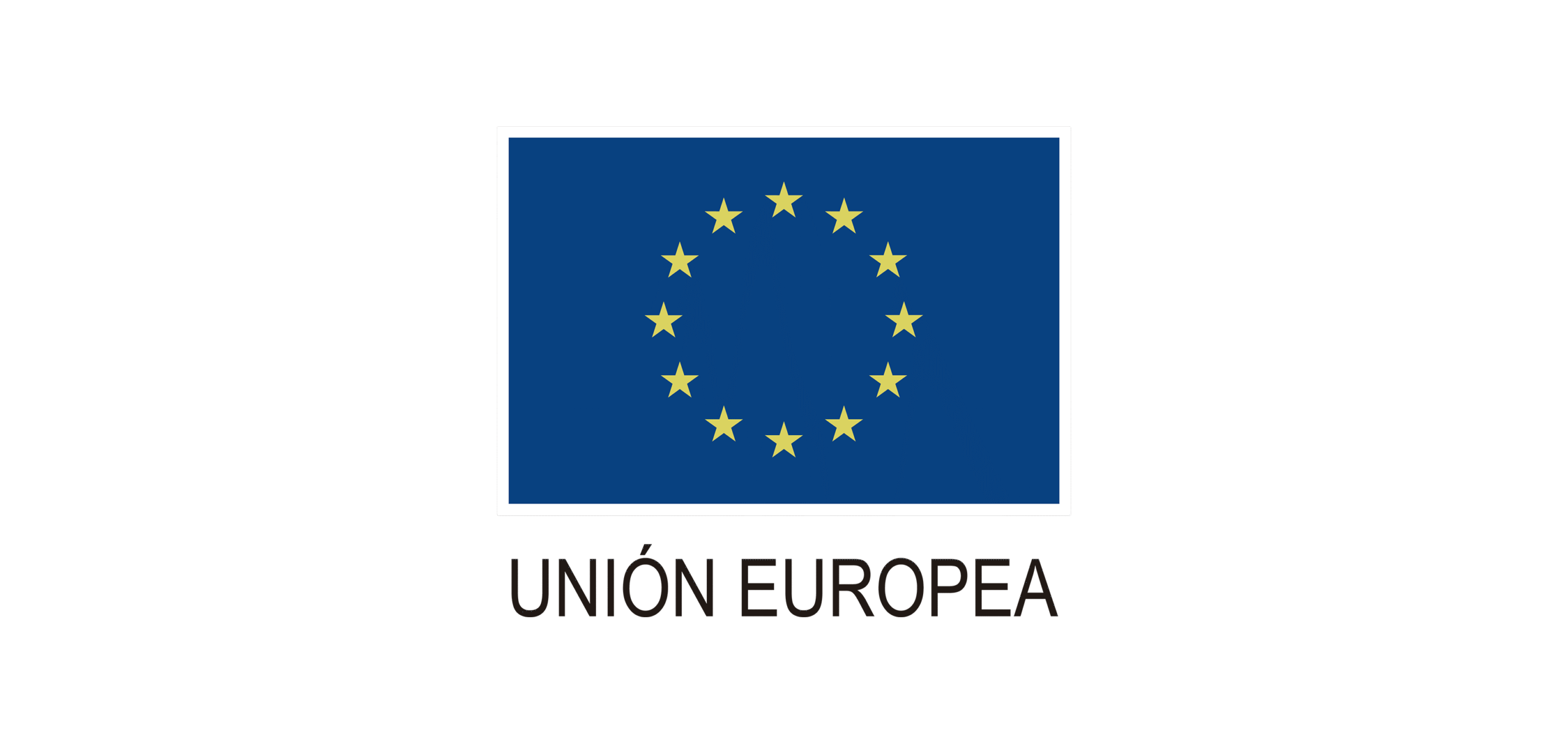Judicial decisions on population
LGBTIQ+ in Colombia
This repository compiles judicial decisions in Colombia that recognise the rights of LGBTIQ+ people. It is a commitment of Colombia Diversa to achieve new and innovative ways of disseminating the extensive legal framework that exists in the country in an effort to guarantee the rights of LGBTIQ+ people so that more researchers, justice operators and civil society can easily access this data, use it for their advocacy work, formulate public policies and demand respect for their rights.


















